Results 10,781 to 10,790 of 12096
Thread: Anandtech News
-
09-15-20, 04:04 PM #10781
Anandtech: Apple Announces 5nm A14 SoC - Meagre Upgrades, Or Just Less Power Hungry?
Amongst the new iPad and Watch devices released today, Apple made news in releasing the new A14 SoC chip. Apple’s newest generation silicon design is noteworthy in that is the industry’s first commercial chip to be manufactured on a 5nm process node, marking this the first of a new generation of designs that are expected to significantly push the envelope in the semiconductor space.
Apple’s event disclosures this year were a bit confusing as the company was comparing the new A14 metrics against the A12, given that’s what the previous generation iPad Air had been using until now – we’ll need to add some proper context behind the figures to extrapolate what this means.
On the CPU side of things, Apple is using new generation large performance cores as well as new small power efficient cores, but remains in a 2+4 configuration. Apple here claims a 40% performance boost on the part of the CPUs, although the company doesn’t specify exactly what this metric refers to – is it single-threaded performance? Is it multi-threaded performance? Is it for the large or the small cores?
What we do know though is that it’s in reference to the A12 chipset, and the A13 already had claimed a 20% boost over that generation. Simple arithmetic thus dictates that the A14 would be roughly 16% faster than the A13 if Apple’s performance metric measurements are consistent between generations.
On the GPU side, we also see a similar calculation as Apple claims a 30% performance boost compared to the A12 generation thanks to the new 4-core GPU in the A14. Normalising this against the A13 this would mean only an 8.3% performance boost which is actually quite meagre.
In other areas, Apple is boasting more significant performance jumps such as the new 16-core neural engine which now sports up to 11TOPs inferencing throughput, which is over double the 5TOPs of the A12 and 83% more than the estimated 6TOPs of the A13 neural engine.
Apple does advertise a new image signal processor amongst new features of the SoC, but otherwise the performance metrics (aside from the neural engine) seem rather conservative given the fact that the new chip is boasting 11.8 billion transistors, a 38% generational increase over the A13’s 8.5bn figures.
The one explanation and theory I have is that Apple might have finally pulled back on their excessive peak power draw at the maximum performance states of the CPUs and GPUs, and thus peak performance wouldn’t have seen such a large jump this generation, but favour more sustainable thermal figures.
Apple’s A12 and A13 chips were large performance upgrades both on the side of the CPU and GPU, however one criticism I had made of the company’s designs is that they both increased the power draw beyond what was usually sustainable in a mobile thermal envelope. This meant that while the designs had amazing peak performance figures, the chips were unable to sustain them for prolonged periods beyond 2-3 minutes. Keeping that in mind, the devices throttles to performance levels that were still beyond that of the competition, leaving Apple still being in a leadership position in terms of efficiency.
What speaks against such a theory is that Apple made no mention at all of concrete power or power efficiency figures this generation, which is rather very unusual given they’ve traditionally always made a remark on this aspect of the new designs. We’ll just have to wait and see if this is indicative of the actual products not having improved in this regard, of it’s just an omission and side-effect of the new more streamlined presentation style of the event.
Whatever the performance and efficiency figures are, what Apple can boast about is having the industry’s first ever 5nm silicon design. The new TSMC-fabricated A14 thus represents the cutting-edge of semiconductor technology today, and Apple made sure to mention this during the presentation.
Related Reading:- The Apple iPhone 11, 11 Pro & 11 Pro Max Review: Performance, Battery, & Camera Elevated
- The Samsung Galaxy S20+, S20 Ultra Exynos & Snapdragon Review: Megalomania Devices
- TSMC Expects 5nm to be 11% of 2020 Wafer Production (sub 16nm)
- ‘Better Yield on 5nm than 7nm’: TSMC Update on Defect Rates for N5
More...
-
09-15-20, 04:04 PM #10782
Anandtech: Apple Announces new 8th gen iPad with A12, iPad Air with 5nm A14 Chip
This year’s September Apple event has been relatively unusual, not only because of the pandemic and online-only nature of the show, but also because amongst the new hardware releases there’s been an evident lack of a new iPhone at this point in time.
Apple however didn’t disappoint, and managed to showcase brand-new iPads and Apple Watches. Amongst the new tablet line-up, we find the new 8th generation iPad which sees an upgrade in its computing capabilities with the new A12 chip, and the newest iPad Air which sees a total redesign, adopting the design queues of the iPad Pro siblings, and also for the first time introducing the new Apple A14 chipset – the industry’s first 5nm processor.
More...
-
09-15-20, 11:21 PM #10783
Anandtech: Corsair Announces iCUE Elite Capellix Series: 240, 280, and 360 mm AIOs wi
Back in January at CES 2020, we got a glimpse of Corsair's Capellix LED technology and it certainly piqued our interest. At the time Corsair couldn't give us details on when Capellix would be more mainstream, but now Corsair is starting to unveil its more intricate RGB ecosystem starting with a new range of AIO CPU coolers. The Corsair iCUE Elite Capellix is available in three sizes including 240, 280, and 360 mm, with very competitive pricing.
The Corsair iCue Elite Capellix includes three new models, including the H100i with a 240 mm radiator, the H115i with a 280 mm radiator, and the largest of the three, the H150i with a 360 mm radiator. Each model includes an aluminum constructed 27 mm thick radiator, with a copper split-flow cold plate and a centrifugal pump which Corsair claim operates quietly.
Mounted onto the pump is 33 individual Capellix RGB LEDs which surround the pump itself, with some LEDs integrated around the Corsair logo. Internally, the cold plate on each model includes 128 individual micro-skived fins per inch. Included in the accessories bundle is Corsair's iCUE Commander Core with RGB lighting and PWM control for up to six fans. Touching on the fans, the H100i includes two 120 mm ML RGB PWM fans, the H115i comes with two ML140 140 mm fans, while the larger H150i has three ML120 120 mm fans. Corsair also includes mounting kits for AMD's AM4 and STR4 sockets, while the Intel kit includes support for LGA115X, LGA1200, and LGA2066.
The Corsair iCUE Elite Capellix series will be available to purchase from the 15th September, with the H100i Elite available for $150, the H115i Elite for $170, and the H150i Elite for $180. Each model also comes backed by a 5-year manufacturer's warranty.
Related Reading:- Keeping it Pure, be quiet! Pure Loop Series, Up to 360 mm AIOs
- The NZXT Kraken Z63 & X73 AIO Cooler Review: Shiny On Top, Solid Underneath
- Lian Li Unveils Its First AIO Coolers, The Galahad 360 and 240 with ARGB
- The SilverStone Permafrost PF120, PF240, and PF360 ARGB AIO Coolers Review
- EKWB Releases New Closed-Loop EK-AIO Cooling Systems w/RGB
More...
-
09-16-20, 09:37 AM #10784
Anandtech: Qualcomm's Cloud AI 100 Now Sampling: Up to 400TOPs at 75W
Today Qualcomm is revealing more information on last year’s announced “Cloud AI 100” inference chip and platform. The new inference platform by the company is said to have entered production already with the first silicon successfully coming back, and with first customer sampling having started.
The Cloud AI 100 is Qualcomm’s first foray into the datacentre AI inference accelerator business, representing the company’s investments into machine learning and leveraging their expertise in the area from the consumer mobile SoC world, and bringing it to the enterprise market. Qualcomm had first revealed the Cloud AI 100 early last year, although admittedly this was more of a paper launch rather than a disclosure of what the hardware actually brought to the table.
Today, with actual silicon in the lab, Qualcomm is divulging more details about the architecture and performance and power targets of the inferencing design.
More...
-
09-16-20, 08:21 PM #10785
Anandtech: Sony Announces PS5 Pricing: $499 For Regular Console, $399 For Digital Edi
At Sony’s PlayStation 5 Showcase this afternoon, the final (and much awaited) pieces of the puzzle with regards to the console’s launch have dropped: pricing and a release date.
Sony’s next-generation console will launch on Thursday, November 12th. The full version of the console, which includes a Blu-ray disc drive, will launch at $499. Meanwhile the “Digital Edition” of the console, which foregoes optical storage entirely, will release for a surprising $399, a full $100 cheaper despite only giving up a disc drive.
This will put Sony’s launch 2 days after Microsoft’s own Xbox Series X/S launch, which is taking place on Tuesday, November 10th. The $499 price tag for the two companies’ respective flagship consoles will put them in direct competition, while the PS5 Digital Edition/Xbox Series S divide should prove far more interesting – if not a bit frustrating for consumers trying to make the best choice. The discless PS5 is every bit as powerful as its disc-capable sibling – making it a spoiler of sorts at $399 – whereas the Xbox Series S gets a significantly weaker GPU than the Xbox Series X. However at $299 the slimmed down console is cheaper still, and still gets to run next-gen games.
Or if you’re in the mood for a PC (a platform we’re particularly partial towards), over the next couple of months we will be seeing new hardware launches there as well, including NVIDIA’s $500 GeForce RTX 3070, and AMD’s new RDNA2-based Radeon RX 6000 video cards. So there is no shortage of gaming hardware to be had this fall – at least if you have the cash.Next-Gen Console Specs PlayStation 5 PlayStation 5
Digital EditionXbox Series S Xbox Series X CPU 8 Core AMD Zen 2
@ 3.5 GHz w/SMT8 Core AMD Zen 2
@ 3.6 GHz
@ 3.4 GHz w/SMT8 Core AMD Zen 2
@ 3.8 GHz
@ 3.6 GHz /wSMTGPU 36 CU AMD RDNA2
@ 2.23GHz20 CU AMD RDNA2
@ 1.565 GHz52 CU AMD RDNA2
@ 1.825 GHzGPU Throughput (FP32) 10.28 TFLOPS 4 TFLOPS 12.15 TFLOPS Memory 16GB GDDR6
@ 14Gbps10GB GDDR6
@ 14Gbps16GB GDDR6
@ 14GbpsMemory Throughput 16GB@448GB/sec
(256-bit)8GB@224GB/sec
(128-bit)
2GB@56GB/sec
(32-bit)10GB@560GB/sec
(320-bit)
6GB@336GB/sec
(192-bit)Storage 825GB PCIe4 x4 SSD 512GB PCIe 4 x2 SSD 1TB PCIe 4 x2 SSD Storage Throughput 5.5GB/sec 2.4GB/sec Storage Expansion NVMe Slot
PCIe4 x4Xbox Storage Expansion Card (1TB) Disc Drive 4K UHD Blu-Ray No No 4K UHD Blu-Ray Manufacturing Process TSMC 7nm TSMC 7nm TSMC 7nm TSMC 7nm Launch Date 2020/11/12 2020/11/10 Launch Price $499 $399 $299 $499
More...
-
09-17-20, 09:47 AM #10786
Anandtech: Intelís Tiger Lake 11th Gen Core i7-1185G7 Review and Deep Dive: Baskiní f
The big notebook launch for Intel this year is Tiger Lake, its upcoming 10nm platform designed to pair a new graphics architecture with a nice high frequency for the performance that customers in this space require. Over the past few weeks, we’ve covered the microarchitecture as presented by Intel at its latest Intel Architecture Day 2020, as well as the formal launch of the new platform in early September. The missing piece of the puzzle was actually testing it, to see if it can match the very progressive platform currently offered by AMD’s Ryzen Mobile. Today is that review, with one of Intel’s reference design laptops.
More...
-
09-17-20, 09:47 AM #10787
Anandtech: Seagate Unveils Exos X18 18TB Enterprise Hard Drive
Seagate recently introduced their 18TB flagship IronWolf Pro hard drive for SMB/SME NAS units. Today, the company is unveiling the Exos enterprise version of the same drive. The Exos X18 goes head-to-head against the Western Digital WD Gold 18TB EAMR-based drives introduced in July. Seagate is also taking the opportunity to expand their application/storage server lineup with a 2U 12-bay model - the Exos AP 2U12 Compute and Storage System.
The Seagate Exos X18, like the IronWolf Pro 18TB, is a 7200 RPM CMR (conventional magnetic recording) drive with a 256MB multi-segmented cache. It contains additional reliability features, and firmware tweaks to provide features geared towards data centers and enterprise storage arrays. These include caching tweaks to optimize the drive for low-latency large data transfers, and a power balance feature that allows customization of the power consumption for the best possible watts/TB given a particular set of workloads. The MTBF increases from 1.2M in the IronWolf Pro to 2.5M hours for the Exos X18.
The maximum sustained disk transfer rate also increases from 260 MBps to 270 MBps. Seagate quotes maximum operating power of 9.4W, with idling average at 5.3W. The IronWolf Pro 18TB idles at 5.2W.
Seagate also has a lineup of products under the Exos Systems tag - these include multi-bay rackmount storage enclosures falling under three different categories - the AP series for compute and storage with an in-built x86 server CPU, the X series RAID enclosures, and the E series JBOD enclosures. Today, the company is introducing a 2U12 AP model - as the name suggests, the 2U rackmount server supports up to 12 3.5" drives and comes with two 10GBASE-T ports and two gigabit ports. The server board is based on the Xeon v5 v4 family, and CPUs with TDP of up to 85W are supported.
Coming back to the Exos X18, Seagate offers it in both SATA and SAS versions. The SATA version has a MSRP of $562, undercutting the WD Gold by $30.
Gallery: Seagate Unveils Exos X18 18TB Enterprise Hard Drive


More...
-
09-18-20, 07:16 PM #10788
Anandtech: ADATA XPG Launches a PCIe 4.0 x4 NVMe SSD for Notebooks: Gammix S50 Lite
One of the primary issues with most of the PCIe 4.0 NVMe storage drives on the market today is power consumption. The only base solution for OEMs in the market, for 6+ months, can consume up to 5-8 W when in use. This is due to the SSD controller that was originally built for PCIe 3.0 work and not optimized when it was updated for PCIe 4.0. However, as that design was first to market and works in desktops it does what it needed to do. But for laptops, we’ve been waiting on the optimized follow ups. The new ADATA Gammix S50 Lite will use one of those optimized designs.
A Second Wave of PCIe 4.0 SSDs
The first PCIe 4.0 drives on the market used the Phison E16 controller which was, for lack of a better word, a hybrid design: it took the PCIe 3.0 E12 controller, removed the PCIe 3.0 part, and added in PCIe 4.0 connectivity. A controller involves both the connection standard and a compute segment, and the compute segment was not updated in order to enable the product to come to market very quickly. As a result, even though the compute could handle PCIe 4.0, it wasn’t optimized for it, but we had some power hungry drives to play with for a while.
Since then, we have been waiting for the second wave of PCIe 4.0 controllers to come to market. Samsung is making way with its new Elpis controller in the Samsung 980 Pro, and Phison’s own next-gen E18 is expected to come to market later this year, while the E19 has been teased at a couple of industry events. These controllers are all set to offer better performance or better efficiency for the wider adoption of PCIe 4.0 SSDs.
Then there are also SMI controllers, and both SMI and its OEM partners have teased new PCIe 4.0 SSD turnkey designs as early as Computex 2019. At CES this year ADATA teased two PCIe 4.0 drives built with new SMI controllers: a high performance model with the SM2264 for desktops, and a medium performance efficiency model with the SM2267 for notebooks. The SM2267 is what is going into the new Gammix S50 Lite SSD being launched today.
The Gammix S50 Lite
The new drive might not sound like much in the performance stakes, with only 3900 MB/sec read and 3200 MB/sec writes, as well as 490K/540K IOPs, but as a PCIe 4.0 drive it is much faster than a PCIe 3.0 drive and ADATA claims that due to the design it can be up to 20% cooler (in temperature) than other competitive offerings.
This drive uses a four-channel design rather than 8, which goes someway into explaining the performance and the potentially lower power consumption, but it also has a DRAM cache buffer and SLC caching to help with keeping performance high. What all of this comes down to is making the drive more suitable for installation in upcoming PCIe 4.0-enabled laptops featuring Tiger Lake processors.
The Gammix S50 Lite will come in 1 TB and 2 TB capacities initially, offer LPDC error correction, RAID engine support, and AES 256-bit encryption. The drive has a 5 year warranty, and both models are rated to 1480 terabytes written (TBW). The drives will be available in North America from October 1st, with the following pricing:
- XPG Gammix S50 1 TB: $150
- XPG Gammix S50 2 TB: $300
At these prices, the 1 TB model is $15-$50 cheaper than the E16 PCIe 4.0 drives on the market.
Source: ADATA Product Page
Related Reading- CES 2020: ADATA Preparing Three PCIe 4.0 Consumer SSDs
- Got a Spare $10,000? Here’s Your Keyboard: ADATA’s 24K Gold Design
- The ADATA XPG SX6000 Pro 1TB SSD Review: Realtek's Entry-level NVMe Solution
- ADATA Releases the XPG SX8100 SSD: Make It Fast & Hold the Bling
- ADATA Launches XPG Gammix S50: A PCIe 4.0 x4 SSD
- ADATA Shows Off SMI’s Prototype PCIe 4.0 x4 512GB SSD: An SM2267 SSD
More...
-
09-19-20, 09:36 AM #10789
Anandtech: Honorís First Gaming Laptop: The Hunter V700
With all the political wrangling going on with Huawei and Honor, one product line that both companies seem to be able to push is the laptop and notebook business. Both Huawei and Honor have announced devices powered by the latest Intel and AMD processors, and despite the first few years of some really nice designs, like the Matebook X Pro or the Magicbook 14, the two companies are now starting to get a bit more adventurous. Enter the first gaming laptop, the Hunter V700.
The Honor Hunter V700
This new product line from Honor starts with an interesting concept which takes advantage of the strong identity and product design team that the company has. The Honor Hunter brand can use a single H to identify the marque, and in this instance they put it onto a full bodied gaming laptop.
The standard ‘15.6-inch chassis’ size actually holds a 16.1-inch display, enabled by the 4.7 mm side-to-side bezels. This is a 1080p IPS panel that offers 144 Hz refresh rates, albeit at only a 300 nit maximum brightness. Inside the chassis is what we would normally consider a ‘standard’ gaming notebook setup. There is an Intel 10th Gen Comet Lake processor, up to the Core i7-10750H, paired with an NVIDIA graphics card up to the RTX 2060 6 GB. The top model comes with 16 GB of DDR4-2666, which can be user upgraded to 32 GB, and there are two NVMe M.2 slots, one of which comes preinstalled up to 1 TB.
The chassis itself is an aluminium magnesium alloy, which should prove to be extremely light, as well as assist with cooling. Based on Honor’s own testing, the company states that in full power virus mode (AIDA64 FPU + Furmark for 72 minutes), the CPU will consume 45 W sustained, and the GPU will consume 101 W sustained, peaking at 77ºC, enabling a consistent minimum gaming performance regardless of the title.
This is partly enabled by the ‘wind valley channel’ created when the laptop is opened, providing an 8.5mm intake for two 12 V fans which Honor says increase airflow volume by 40% over a conventional design - you can see the little extra 'feet' that provides this opening. In Honor’s press release, they call the way the chassis opens to help this airflow as a ‘rotating shaft of the wind’, which is one of the more amusing word parings in a laptop press release of late. Honor states that the maximum audible noise from the fans for a user is 49 dBA, and the cooling keeps the WASD area below 31ºC.
In line with the gaming theme, the keyboard is a 4-zone RGB back-lit implementation, and features 1.8mm key travel on the chiclet design. The WASD area has its own highlight, the space bar has been widened, there is a full number pad, and the arrow keys have been moved down slightly by almost half a key to make them stand out. The motif on the lid of the notebook is also RGB, with control software provided. On the audio front, Honor has licenced Nahimic’s audio software toolkit, enabling 5.1 and 7.1 audio simulation as well as optimized EQ profiles for specific games.
Connectivity starts with Wi-Fi 6 but also includes 3.5mm audio, one USB 2.0 port, two USB 3.2 Gen 2 ports, a Type-C port with DisplayPort, and a HDMI 2.0 output.
In line with other Honor and Huawei laptops, inbuilt NFC allows users to connect up the laptop to their smartphone to enable features such as screen recording for PC games, live streaming for mobile games, file transfer, and call migration. The screen recording and live streaming sections are certainly interesting features.
Availability
As always with new design ideas like this Honor is starting with the Chinese market first. The Hunter V700 will be available in the Chinese market from September 27th, with three different configurations:
- i7-10750H, RTX 2060, 16 GB, 1x 1 TB, 144 Hz: RMB 9999 ($1300)
- i7-10750H, RTX 2060, 16 GB, 512 GB, 144 Hz: RMB 8499 ($1100)
- i3-10300H, GTX 1660 Ti, 16 GB, 512 GB, 144 Hz: RMB 7499 ($999)
*RMB prices are quoted with China 13% sales tax. US prices quoted without sales tax.
I think something might be mislabelled with that middle option, as charging another $200 for extra storage seems extortionate – it is perhaps an i5, or the GTX graphics. As always, Honor is doing a deal for the first few buyers on launch day, with savings of 500 RMB.
We’re unlikely to see the Hunter V700 in the west, but it marks the first step in what could come over to us. I’ve been impressed with the Honor laptop designs I’ve tested so far, so if they can launch a worldwide model at the right price, it should be an interesting product.
Source: Honor VMall
Related Reading- Honor Magicbook 14 Notebook Review: Where Style Paints a Picasso
- Honor Launches Honor 30 Series in China: Three New Premium Devices
- Honor Announces MagicBook 14 & 15: AMD Ryzen Inside
- Honor Set to Enter TV Market with New Honghu 8K CPU
- The Honor 20 Pro: A Quad-camera Hands-On Review
- Huawei Unveils MateBook D14 & D15 Laptops: AMD Ryzen or Intel Comet Lake Inside
- The Huawei MateBook X Pro Review: Calling Out The Competition
Gallery: Honorís First Gaming Laptop: The Hunter V700





More...
-
09-21-20, 01:41 PM #10790
Anandtech: The ASRock Z490 PG Velocita Motherboard Review: It Means SPEED
For the foreseeable future, or at least until Intel's Rocket Lake is likely to be unveiled, Intel's main platform for consumers is currently the Z490 chipset for Comet Lake. The options available for consumers offer a wide variety of models, but perhaps one of the most competitively priced mid-range ones is the ASRock Z490 PG Velocita. Some of the board's main features include dual M.2 slots, eight SATA, 2.5 G Ethernet, and a competitive 13-phase power delivery. This is our review.
More...
Thread Information
Users Browsing this Thread
There are currently 18 users browsing this thread. (0 members and 18 guests)




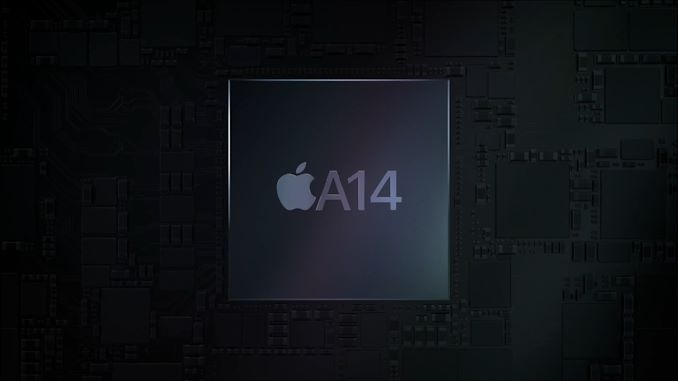
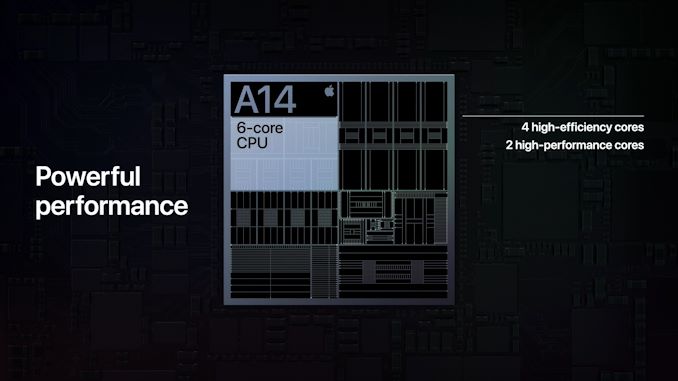
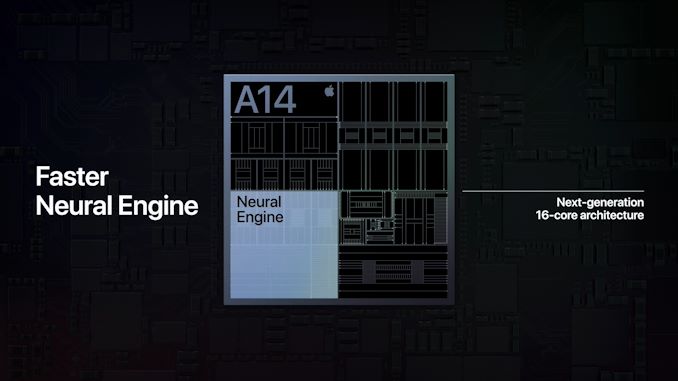

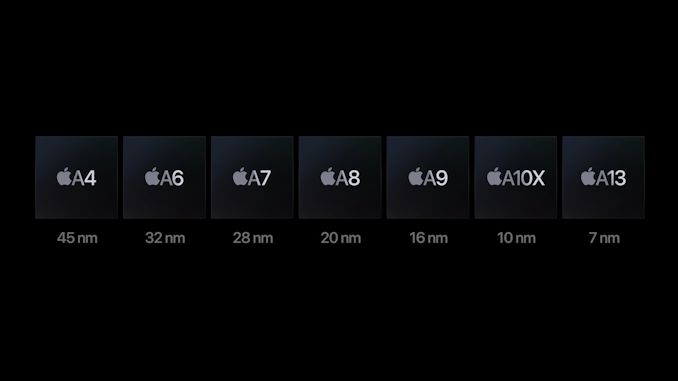

 Quote
Quote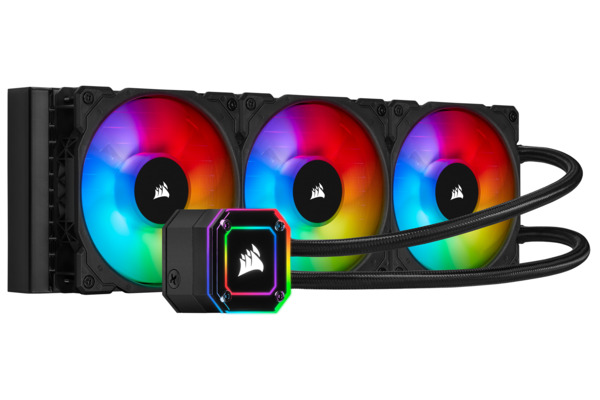
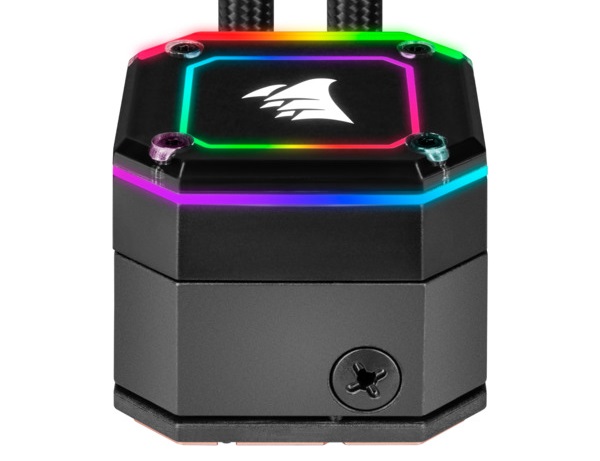
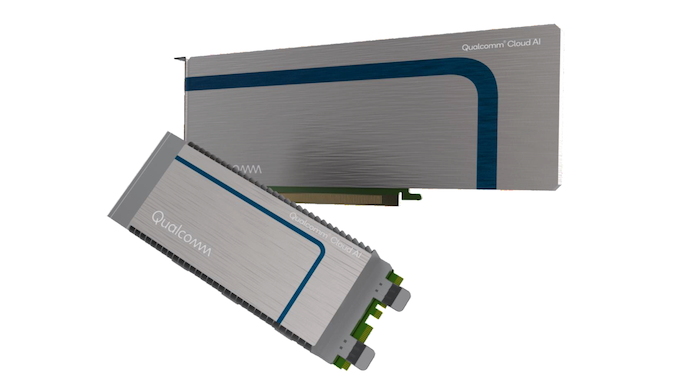


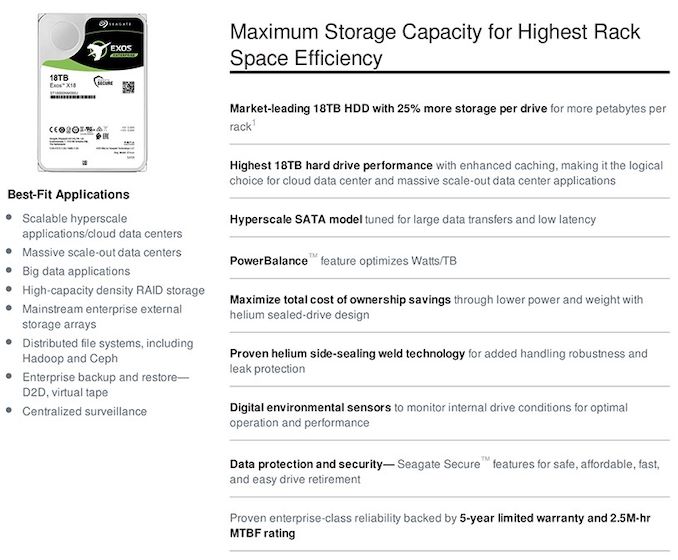

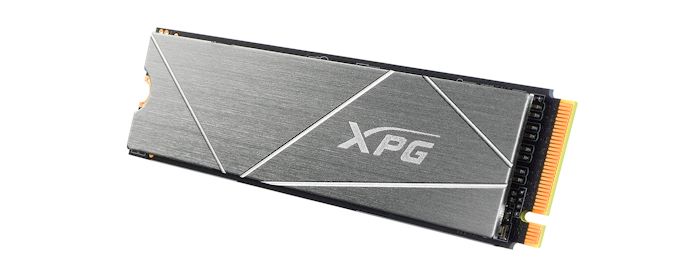
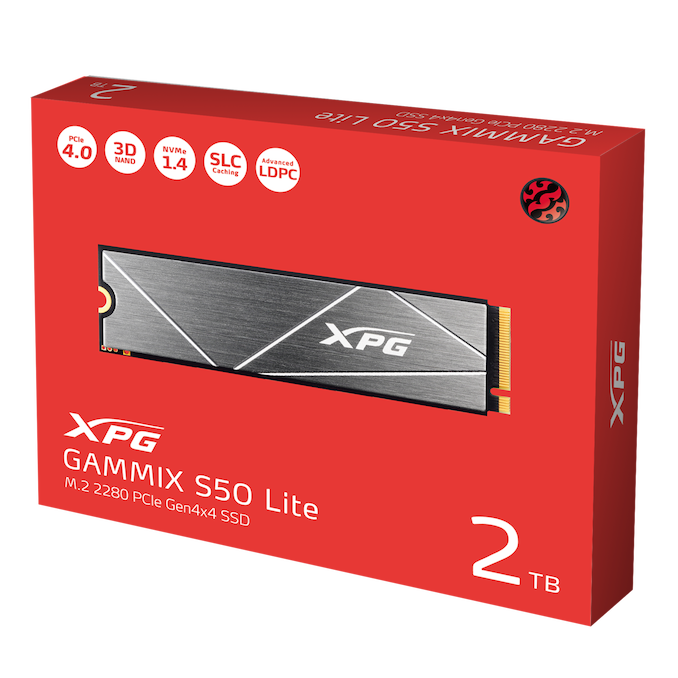
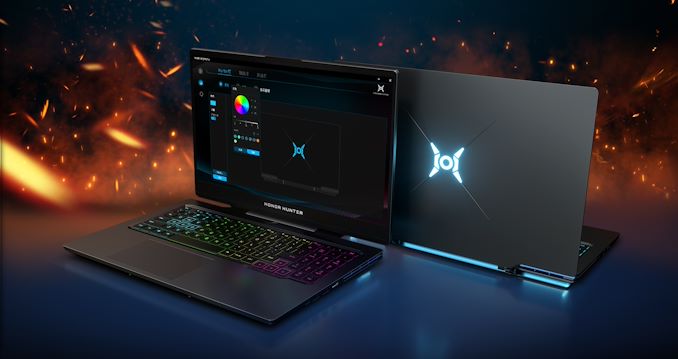
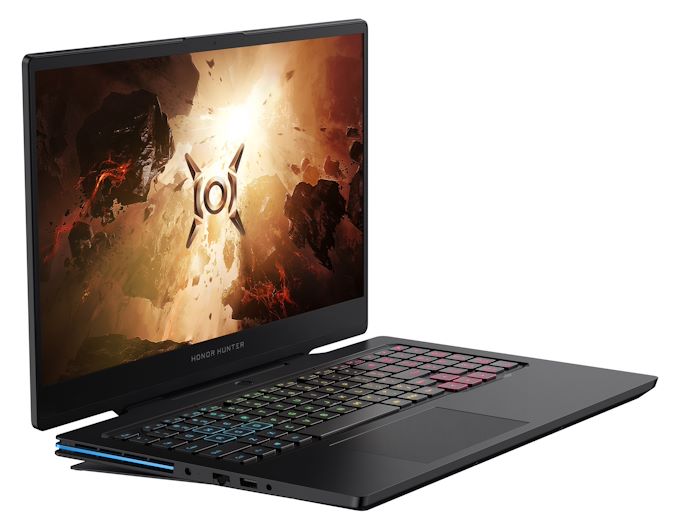

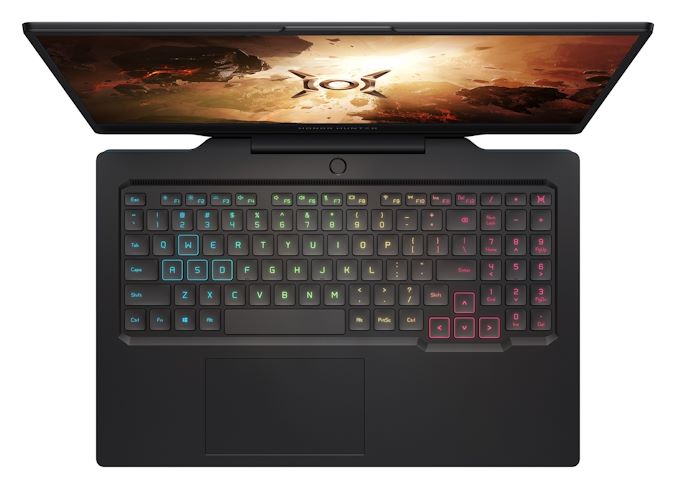


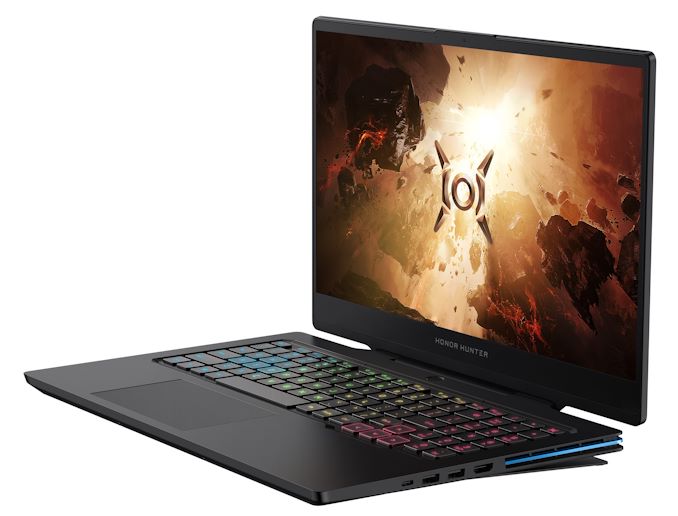
















Bookmarks